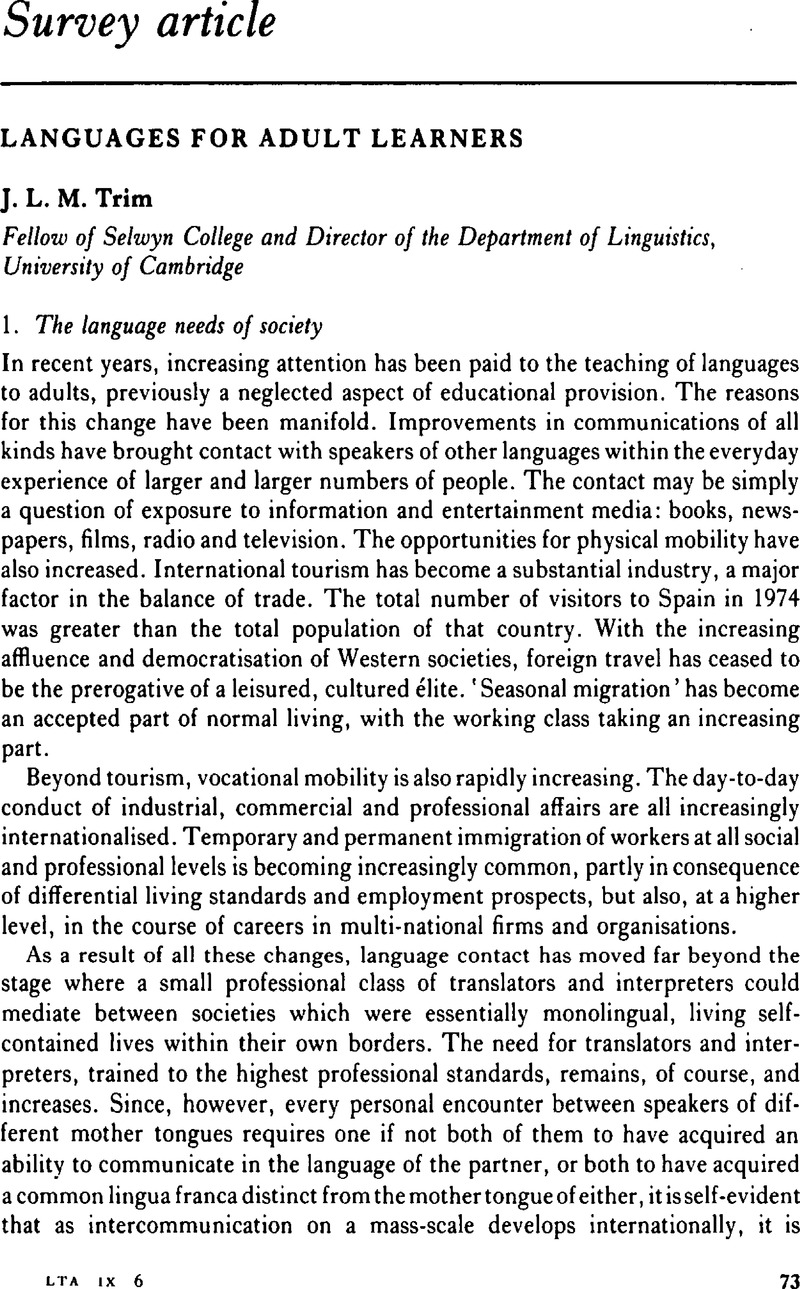Crossref Citations
This article has been cited by the following publications. This list is generated based on data provided by Crossref.
Shaw, A. M.
1977.
Foreign–Language Syllabus Development: Some Recent Approaches.
Language Teaching & Linguistics: Abstracts,
Vol. 10,
Issue. 4,
p.
217.



